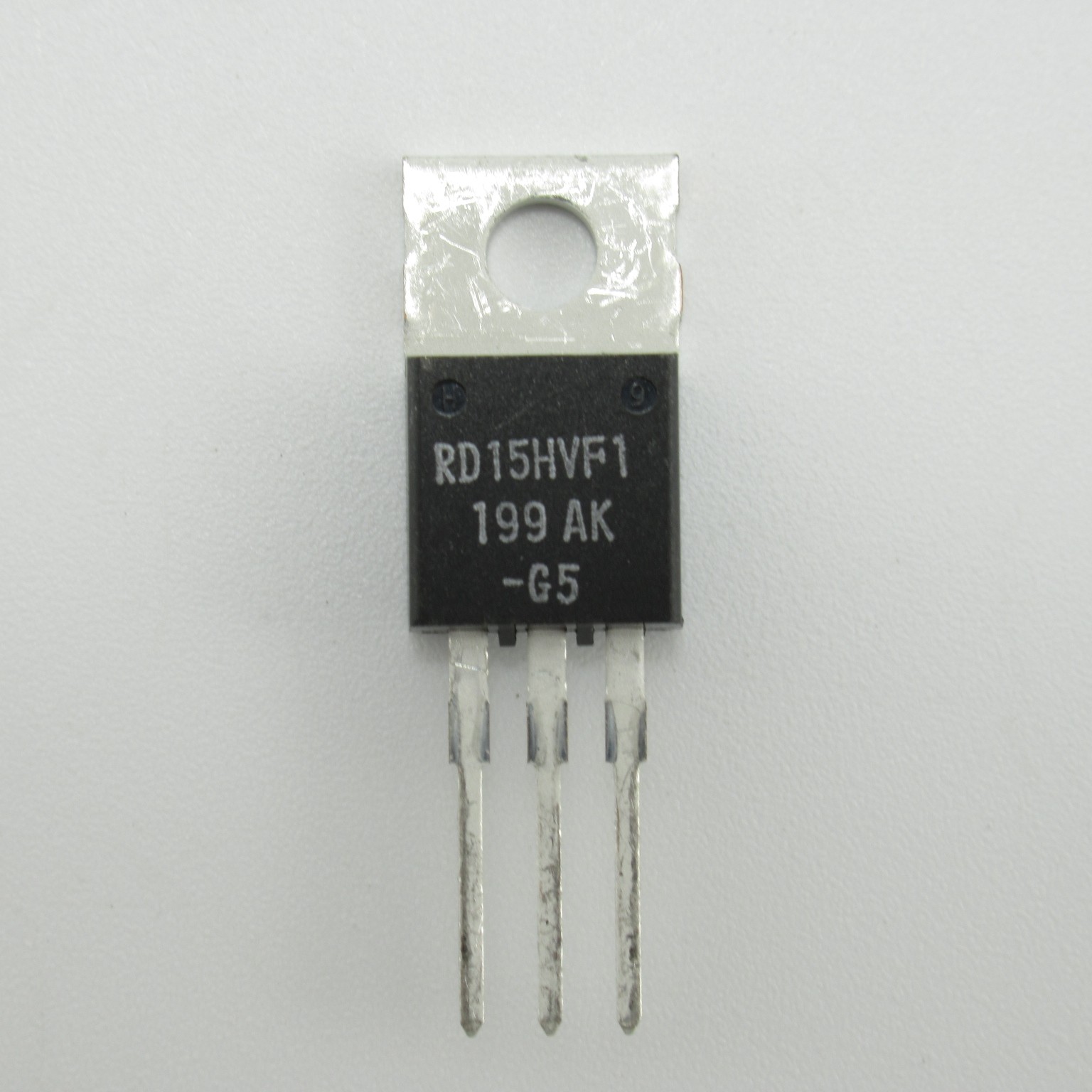

Significantly limited losses at the circuit’s input.Īny typical Bipolar Power Transistor (BJT) will feature four zones of operation.You’ll commonly find them in power electronics gadgets like power supply systems, inverters, and converters. This transistor’s function relies on its gate from which you can turn it on or off. It’s an amalgam of a FET and a BJT transistor. Insulated-gate Bipolar Transistor (IGBTs) It has a higher voltage breakdown than conventional FET- field-effect transistors. Additionally, it has a vertically oriented frequency and transmits high power. Its also characterized by a high input impedance.During operation, it doesn’t need an input current.The transistor is useful as a voltage controller.The characteristics of power MOSFETs include: For instance, at a wide channel width, the performance of the transistor will be optimal. The operation of a power MOSFET relies primarily on its channel’s width. They include the base, source, and drain terminals. The MOSFET is a type of field-effect transistor with three terminals. Metal oxide semiconductor field-effect transistor (MOSFETs) It is imperative to allow maximum current to flow. It is also larger than the average transistor.It features a higher on-state voltage drop than other transistor types.It’s useful as a switch and amplifier, making it an important current control device.Ĭharacteristics of the power BJT include: Thus, we can regard it as having two polarities hence the name- bipolar transistors. This type of transistor has holes and electrons as charge carriers. The following are the different transistors that are commonplace in power control circuits: Bipolar junction transistor (BJTs) On the other hand, removing the control signal will turn off the power transistor. For instance, the supply of input current to the base terminal switches it on. Nonetheless, for the power transistor, you’ll find unique controlled characteristics. While its structure is different from other transistors, it operates under the same principle. Primarily, it is a junction transistor, but you can regard it as a semiconductor field-effect transistor. You’ll find this transistor in power supplies systems and high-power amplifiers. It is a transistor type that is key in switching and amplifying electronic signals and electrical power.

What is the Power Transistor?įig 1: An Electronics Engineer Working on a Circuit Board In addition, it’ll explain the operational principle, pros, and cons, among other key insights. Nonetheless, the emphasis will be on the power transistors for this guide. Here is where a power transistor comes in handy.Īt OurPCB, we have all the key insights on any type of transistor. Such a unit requires power amplifiers to deliver just the right amount of current. This storage delay time can be minimized by applying reverse current to the base during turn-off.Think of a power supply system that delivers high power levels. To initiate turn-off, the excess saturation charge, which is proportional to the base current, must be removed from the base region before the transistor can begin to return to the off-state. The rise time in turn-on may be reduced by momentarily overdriving the base current. In a high-current device, the base-to-collector current gain is as low as 10, and therefore a base current of several amperes is required to keep the device in the on-state the power-loss in the base circuit may be appreciable. A continuous base current is required to keep the transistor in the saturated state, i.e the on-state. The switching of a Power Transistor is controlled through the base current. This being sufficiently less than the on-state anode-to-cathode voltage drop of an SCR, the average power-loss in a transistor is less than that of an SCR of an equivalent power rating. The common-emitter saturation voltage V CE (SAT) for typical Power Transistor is from 0.3 to 0.7 V. The common-emitter configuration is normally used owing to its higher power gain. Except for small motors, transistors are employed in the switching (on/off) mode. The collector current can be controlled by the base current.

The collector current is almost equal but slightly less than the emitter current. In normal operation the emitter-base junction is forward-biased and the collector-base junction reverse-biased.


 0 kommentar(er)
0 kommentar(er)
